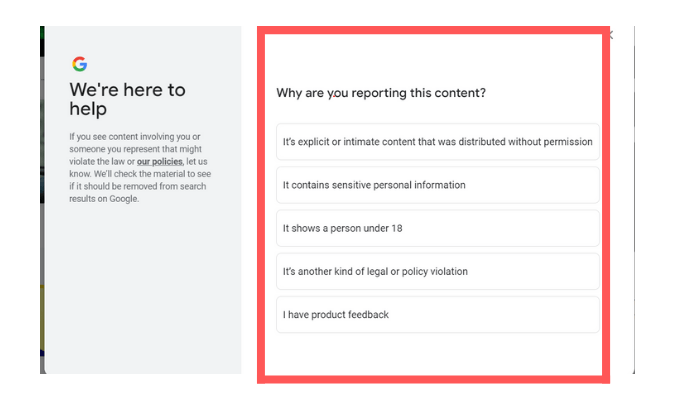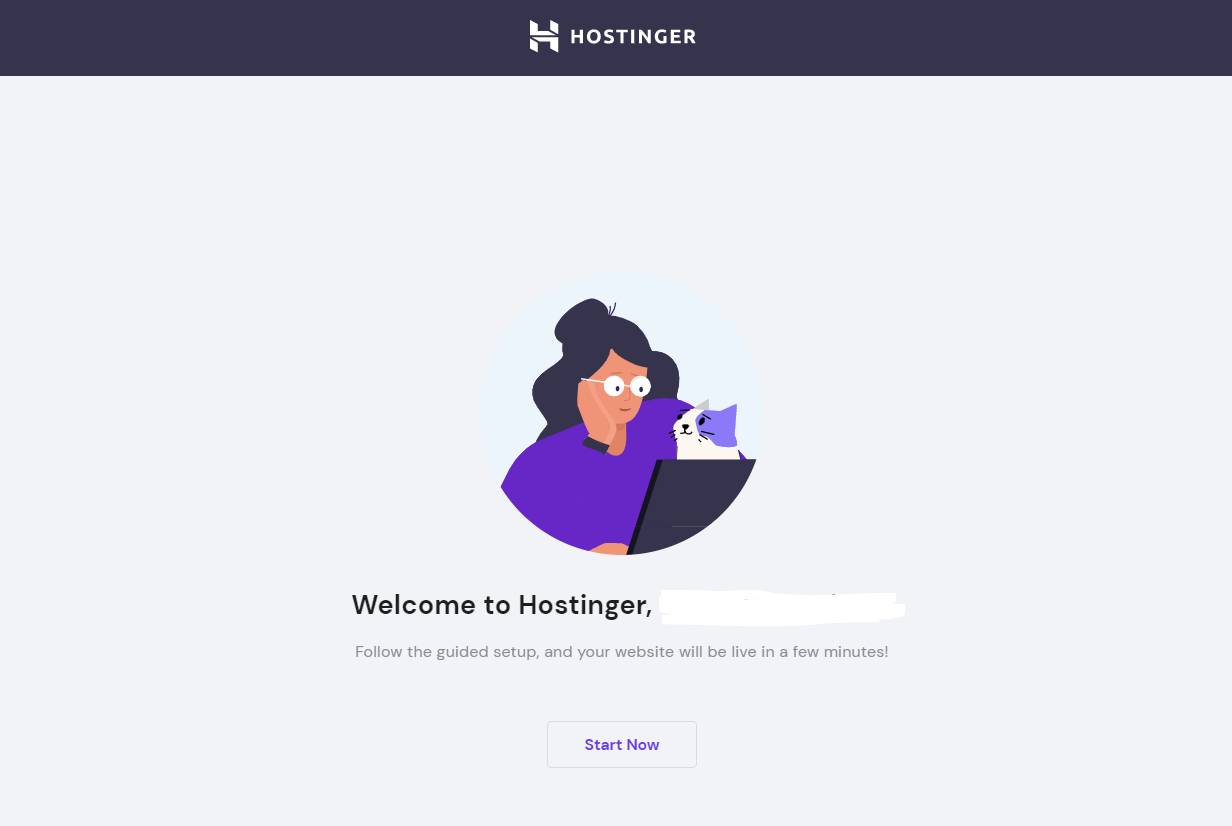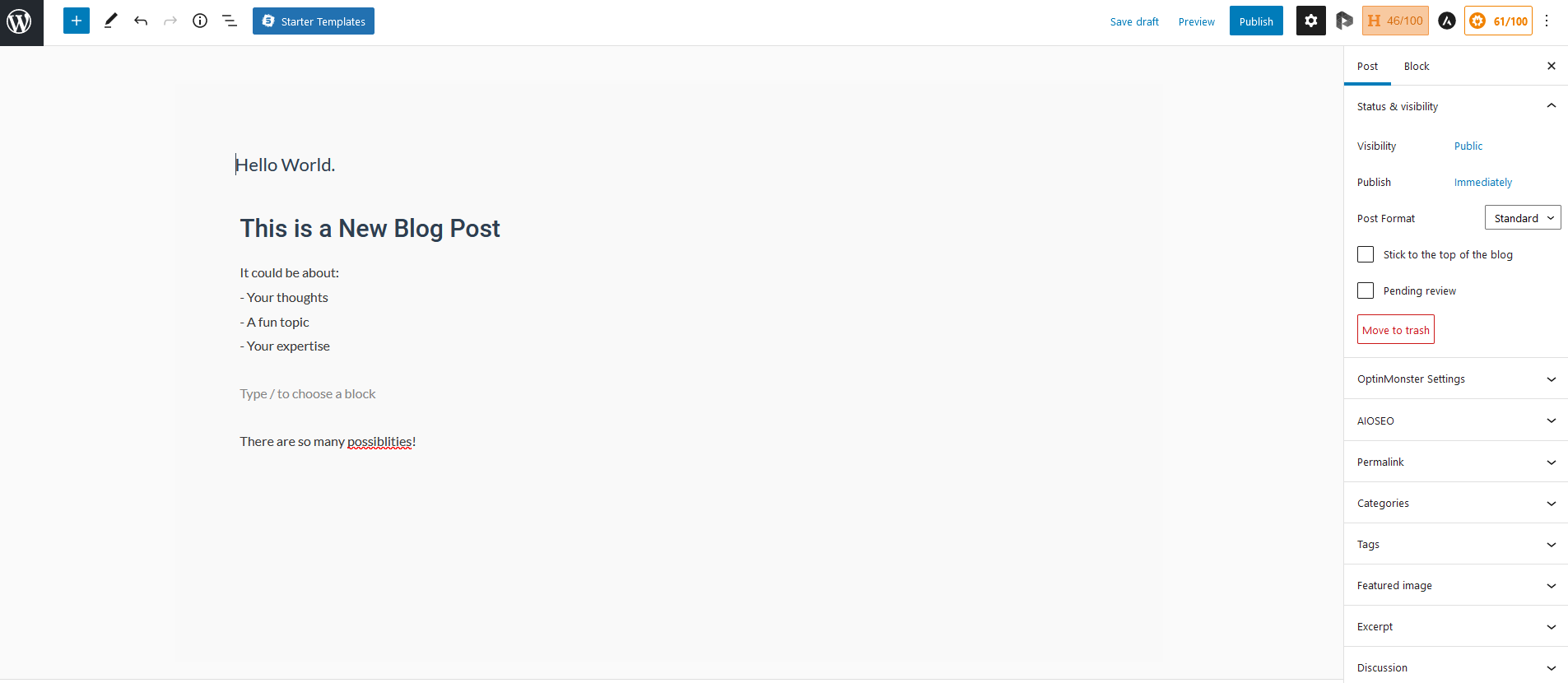Potential customers see negative reviews as a reason to avoid your business and opt for a competitor.
If you handle negative reviews correctly, however, you have the opportunity to win the dissatisfied customer back and even encourage new customers to get on board.
Here, we’ll show you actionable steps to deal with those dreaded negative reviews effectively.
Why Responding to Negative Reviews Is Worth It
Social proof is key—people tend to follow the actions of others. You can use this as a tool to convince people and boost credibility. But it works both ways—negative reviews put people off.
Bear in mind, though, that having no negative reviews also makes you stand out… for the wrong reasons. It makes your reviews or star ratings seem fake.
So it’s about maintaining a delicate balance. Respond to negative reviews in the right way and make sure the consensus remains positive overall.
57% of consumers say they’re “not very” or “not at all” likely to buy from a brand that doesn’t respond to reviews. When you fail to provide a response it seems as though you don’t care about customers. Your brand is untrustworthy and is only interested in making sales.
So, all in all, you need to respond to reviews to show customers that you appreciate them and to retain credibility.
The Investment Needed to Respond to Negative Reviews
Responding to negative reviews can be extremely time-consuming. However, the return on investment is worthwhile if, as a result, you manage to win back customers and encourage future purchases.
You’ll of course need people to take on the task of responding to negative reviews. But the amount of resources you expend depends on the type of business you operate.
You may wish to deploy your existing customer service team to deal with the task. But if, say, you operate a direct-to-consumer business that as a matter of course puts a heavy focus on the customer experience, you may wish to put a specialist customer feedback team together.
Online reputation management services and/or sentiment analysis software is another area in which you may choose to invest. Review management services generally cost around $500 – $1500 per month.
7 Steps to Respond to Negative Reviews
Now let’s get to it. Here’s your step-by-step guide to responding to negative online reviews, along with some real-life examples you can emulate.
#1 – Monitor Multiple Channels
Nowadays, there are multiple channels on which customers leave reviews. These include, but are not limited to, your website, social media, Google, blog posts, and review sites such as Yelp or TrustPilot.
It can be difficult to stay on top of all of these channels, especially if you attempt to do it manually. So you may wish to use an online reputation management solution such as REQ.
This tool uses an algorithm to monitor search engine results and additional tools to garner sentiments across social media. You’ll be able to monitor your reputation score in real-time across channels via the platform.

This way, you’ll be able to see when customer sentiment dips too far in the wrong direction. You can then go to the platform in question and find negative reviews in need of a response.
#2 – Acknowledge the Problem
Personalization is critical across the entire customer journey. Customers want to feel like they’re receiving individual care and that companies understand their unique preferences, needs, and problems.
In order to provide a good overall customer experience therefore you must acknowledge the individual issues customers talk about in their reviews.
By doing this, you not only maintain a good relationship with the customer in question but also prove to others that the topic of concern will no longer be an issue in the future.
Here’s an example of a personalized response from the Monopoly Solitaire gaming app:

The customer has an issue navigating past ads on the user interface. MobilityWare does a good job of acknowledging the specific problem simply by saying, “I’m sorry that you’ve encountered misbehaving ads.”
As you can see, it’s not a one-fits-all, automated response. It shows the customer that the company (rather than some bot) has actually read the review.
You should do something similar by acknowledging precisely where the issue lies in each negative review your company receives.
#3 – Show You Care
It’s important to prove to customers that their issues don’t fall on deaf ears. Customers can’t trust a company that simply ignores issues and continues to sell a sub-par product or service.
Furthermore, potential customers in the research stages need to know that if they come across a problem it will be handled swiftly and effectively. In other words, the issue may not put the prospect off but your failure to address it will.
Here’s an example of a great response that shows the company is more than willing to work on the customer’s problem:

The review is damning in that it calls out the software provider over several issues. Not only that, it warns other buyers to steer clear.
Yet, the response from Apollo.io is reassuring enough that potential customers wouldn’t be put off straight away. They assure the angry customer that their issue has been forwarded to the right department.
They ask for more details and even provide a personal email address the customer can use to discuss the issue further. This goes above and beyond to prove that the company cares about customers and the product.
What’s more, by doing this, the representative moves the conversation to a more private arena. This way it prevents more issues from being brought to light in the public domain. It also prevents others from getting involved in the conversation and escalating the issue.
#4 – Fix The Issues
The best way to respond to a negative review is with action. This is how you create long-term relationships with customers and increase their lifetime value.
You should incorporate reviews into your feedback loop. In other words, use the insights you find to improve products and/or services.
Beauty brand Glossier, for instance, has a dedicated team for discovery and listening called the gTEAM. This team monitors and provides support across a vast array of channels from social media to Reddit to product reviews.
Not only that, they’re responsible for gathering data from these channels which is then used in product development and brand strategy. It’s smart.
For instance, when you go to r/glossier, you immediately see issues the company can respond to:

One customer is complaining about a lack of variety in new products. Another wants to know about the availability of stock in store.
These are issues the company can easily fix. Without going directly to where the customers make their comments, it would be difficult to predict such problems.
Naturally, we’re talking about a wider response rather than a literal answer to a specific review here. But, if you use feedback in this way you can mention this later in your written responses to individuals, too.
How great would it be if you could say, “Thanks for your review. We’ve listened and made the product better as per your feedback”?
#5 – Be Organized in Your Approach
If a member of your team is careless in the way they respond to a review it could hinder your reputation further. So it’s a good idea to set up a review policy and framework for responding to negative reviews.
Ideally, you’d have a dedicated team of staff that has all the appropriate training and experience like Glossier. But there are still a few things you can do where this isn’t possible.
You could create a checklist for those responsible that provides all the things they should include in a review, for instance:
- Apologize
- Acknowledge the problem
- Thank the customer
- Offer a workaround where possible
- Direct to customer support or the right team etc.
Naturally, templates don’t work as they make review responses impersonal. This way you ensure reviews contain everything they need to without appearing as cookie-cutter responses.
Again, you could invest in review management software or an online reputation service. This not only ensures that reviews are handled efficiently but also that no customer falls through the cracks.
#6 – Offer Solutions
Depending on the issue, there may be a workaround or simple solution to what the customer is going through. For instance, the customer may be using the product incorrectly or a different product or service package may be more suited to their needs.
GoPro is particularly good at providing personalized advice and solutions to its customers:

In this case, the minor issue resulted in a one-star review. The customer was unable to locate an SD card that was supposed to be included in the item.
Yet, there was a quick fix. The customer was advised precisely where to check to see if they missed the small item when unpacking the product. And they were further advised to reach out if they still couldn’t find it.
In this case, it’s easy to see how you may be left with disgruntled customers unnecessarily if you don’t respond to reviews with valid solutions.
If there is no solution, then you may have to offer an exchange or some form of compensation to the customer as a show of good faith.
In this example, IKEA highlights its exchanges policy:

First, an exchange works as a reasonable solution to the customer’s issue. They’re likely to continue on as a customer as long as they get a satisfactory replacement.
The “Love It or Exchange It” policy also reinforces the company’s commitment to providing quality. This kind of thing is great for people’s perception of the brand.
To prevent these kinds of issues in the future, you’ll need to invest in better product onboarding. The idea is to understand your product/service and audience so well that you prevent roadblocks before they even happen.
Also, ensure that you’re not setting unrealistic expectations and that the product or service the customer receives matches the way it was described and/or sold to them.
#7 – Generate More Positive Reviews
Experts say people are more likely to leave a negative review after a bad experience than a positive review after a good experience. For this reason, you need to make sure the good reviews are flowing in too to counteract the negativity.
How do you generate more reviews? Be strategic in your approach and ask the right customers for reviews at the right point in the customer journey. For instance, those who have made multiple purchases from you are more likely to become ambassadors for your brand.
Furthermore, one of the main roadblocks that prevent customers from leaving reviews is the time and effort it takes to do so. The average consumer is constantly bombarded with marketing messages and requests from companies.
So if you want a customer to actually go through with leaving a review, you must make the process as quick and easy as possible.
Customer review software Podium has a system in place to help you increase review volume. It automates review requests via SMS. There are no lengthy, contrived messages – just a quick question and a link that takes the customer straight to the review platform with minimal work involved.

Customers just need a quick reminder with no distractions in order to follow through with a review.
Next Steps
When it comes to negative reviews, it’s not wise to simply put a bandaid over the problem. Fix problems then make sure your reviews and the way people speak about your brand online reflect the changes you’ve made.
You also need to show that you appreciate customers by treating them and their issues individually to provide a positive experience that changes minds. An online reputation management service helps you stay on the pulse of what’s being said about your brand and simplifies this entire process.















